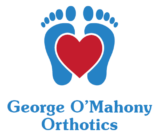Orthopedic Footwear
Orthopedic Footwear
Appropriate footwear plays a large role in your foot health. Poor fitting shoes can cause:
- Corns
- Callouses
- Blisters
- Bunions
- Ingrown Toenails
Poor fitting shoes can also aggravate a variety of foot conditions such as:
- Plantar Fasciitis (Heel Pain)
- Metatarsalgia (Forefoot Pain)
- Arthritis
- Diabetes
We offer a wide range of orthopedic footwear such as running and walking shoes, work boots, sandals, dress shoes and diabetic shoes from top brands COFRA, Biotime & New Balance.

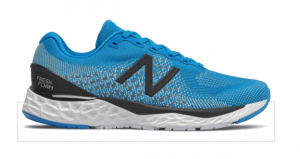

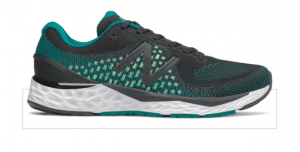


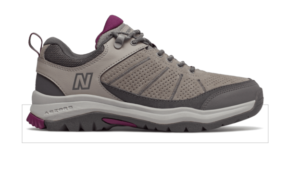
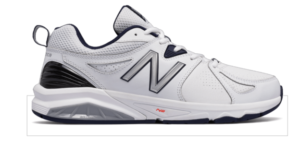
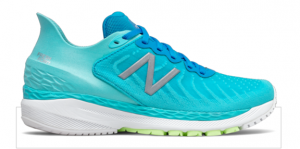

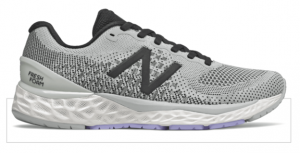
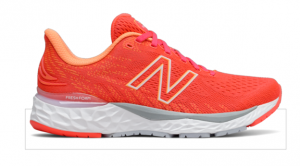
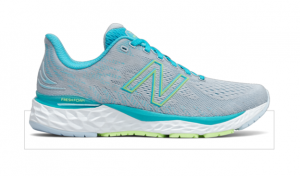
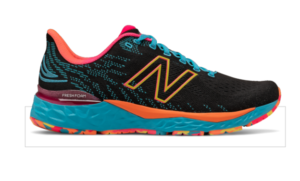
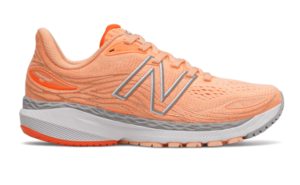
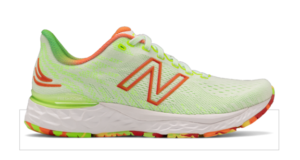
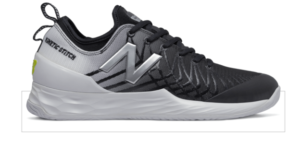
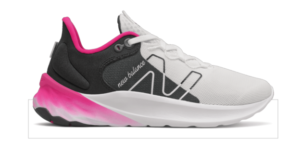
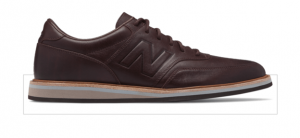
What to look for when shopping for footwear.
Proper fitting footwear should feel comfortable the moment you try it on. The old saying that a snug shoe will stretch over time is false and dangerous. An ill-fitting shoe can cut off circulation to your foot, cause blisters or other painful wounds.
There should be a minimum of 1/4″ of space in the shoe beyond the longest toe of your largest foot. This should be measured while you are standing as your feet expand while weight bearing.
Footwear should fit snugly around your heels but not dig in.
We suggest looking for footwear that will lace up and allow for variable patterns or use specific techniques to improve heel fit. This will ensure the shoe fits snugly and supports the movement of your foot.
The size of your feet can change throughout your entire life and most people have one foot larger than the other. Plus, all shoes are not manufactured the same. This means your foot size may vary from brand to brand and over time. It is important to be fitted by a knowledgeable shoe fitter who will measure both of your feet.
For your footwear to fit properly, the shape of the shoe must match the shape of your foot. If your foot looks wide and square, then your shoe should mirror it and feature a wide toe box (top part of the shoe). Regardless of foot shape, avoid any shoe with a pointed toe. Shoes should bend where your foot bends which should also match the widest point of your foot. Ignoring this fit criterion may cause discomfort, pain and accelerated shoe wear.
We recommend purchasing footwear with removable insoles and replace them when they wear out. While cushioning requirements vary from one foot type to the next, proper cushioning will place less stress on your joints and improve your muscle function. If you wear custom made orthotics you will usually require a removable insole to accommodate your custom made orthotic.
Make sure your shoe features a firm heel counter (the hard piece of material located at the back of the shoe that control side-to-side motion as a strong heel counter increases stability and provides better support for your foot.
Although cushioning is important, too much forces your foot and leg muscles to work overtime to provide stability.
Tips For Summer Footwear
Summer footwear is always lightweight and fashionable, but when your go to wear your summer footwear you should always think about balancing style and ease with comfort and support.
Basic summer flip flops, particularly bargain brands do not provide the support, motion control and cushioning for your foot requires during walking. However, some footwear companies design flip flips with the health of your feet in mind.
- Do not be tempted to buy a pair that does not fit just because it looks great. If your feet are too wide or your heel or toes hang over the edge, they are not right for you.
- Look for summer sandals with a thicker sole, a slightly thicker heel and an arch contour and a deep heel cupas these features will provide the support and shock absorption your feet require.
- The best advice is to limit wearing flip flops as much as possible. Choose a more supportive sandal with a contoured footbed that supports your arch and cups your heel. Your feet will appreciate it!
Custom Orthotic Sandals
Did you know your custom made orthotics can be built directly into a sandal?
In the summer you don’t want to have to sacrifice style or comfort. Have both! We offer a wide variety of men’s and women’s sandal styles and colours to fit your needs.
Contact our office to see how we can help you walk with comfort this summer!
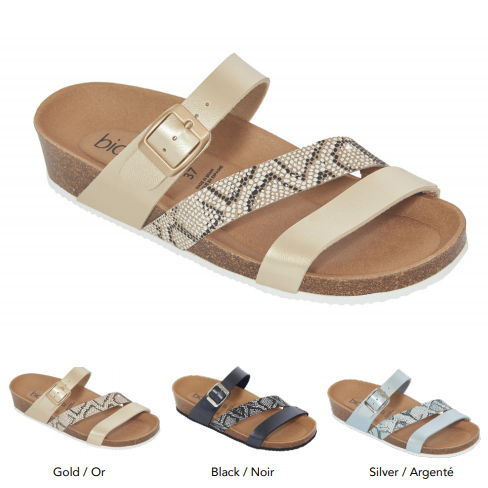
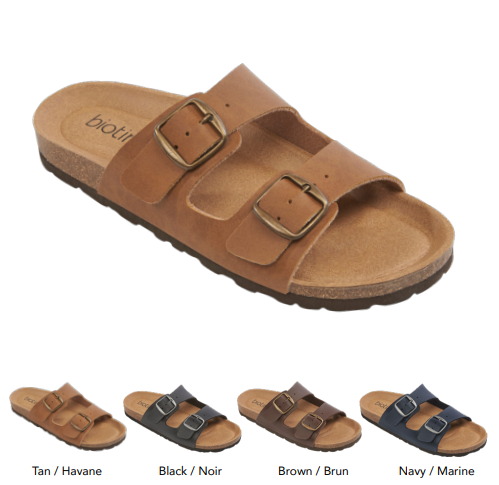

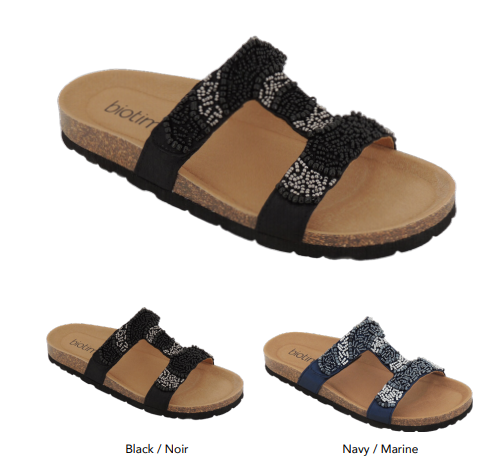
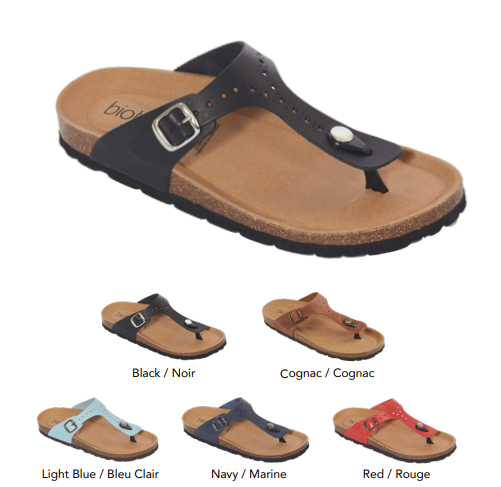
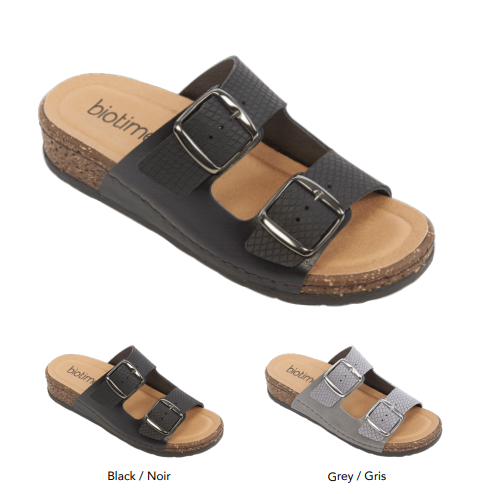

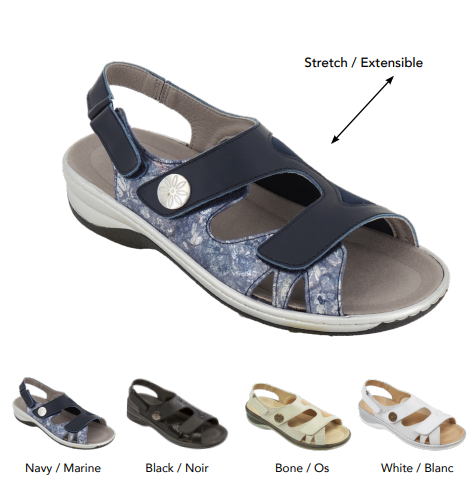
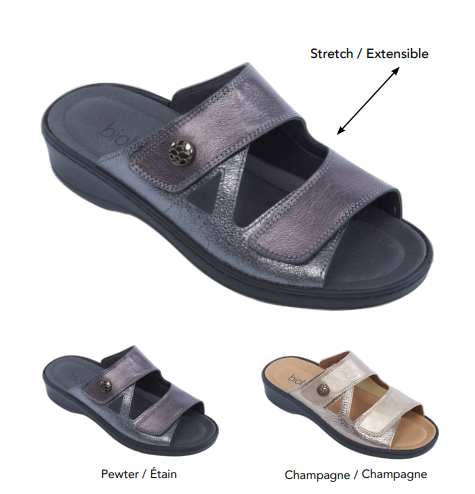
Tips For Children's Footwear
Children can be affected by poor biomechanics just as adults can. Poor biomechanics in children can result in the following lower limb and foot problems:
Heel Pain – Sever’s Disease
- Usually occurring between the ages of 10 and 14, Sever’s disease is more common in boys than girls. Sever’s Disease is a disturbance to the growth plate at the black of the heel when the strong Achilles tendon attaches. The growth plate at the heel seals up when a child stops growing.
- Symptoms are pain, swelling and redness at the back of the heel and limited mobility.
Knee Pain – Osgood-Schlatter’s Disease
- Osgood-Schlatter’s Disease is a condition that affects the insertion of patellar tendon at the tibial tuberosity and is one of the most frequent causes of knee pain in children. The condition occurs most commonly in children between the ages of 10 and 15 but it can occur in younger children. It is more common in boys but girls are also susceptible to its debilitating effects.
- Symptoms are pain, swelling and tenderness just below the knee joint.
